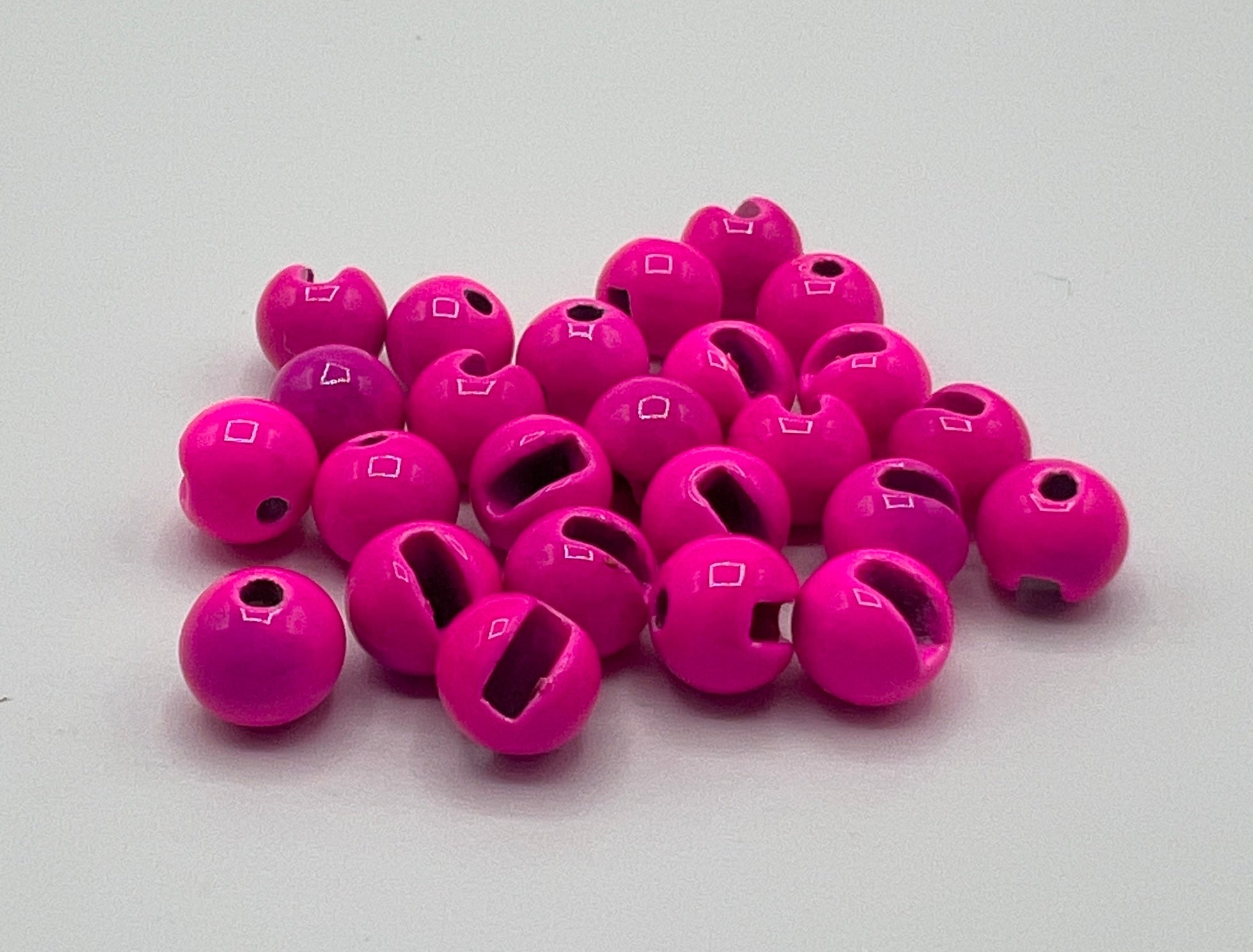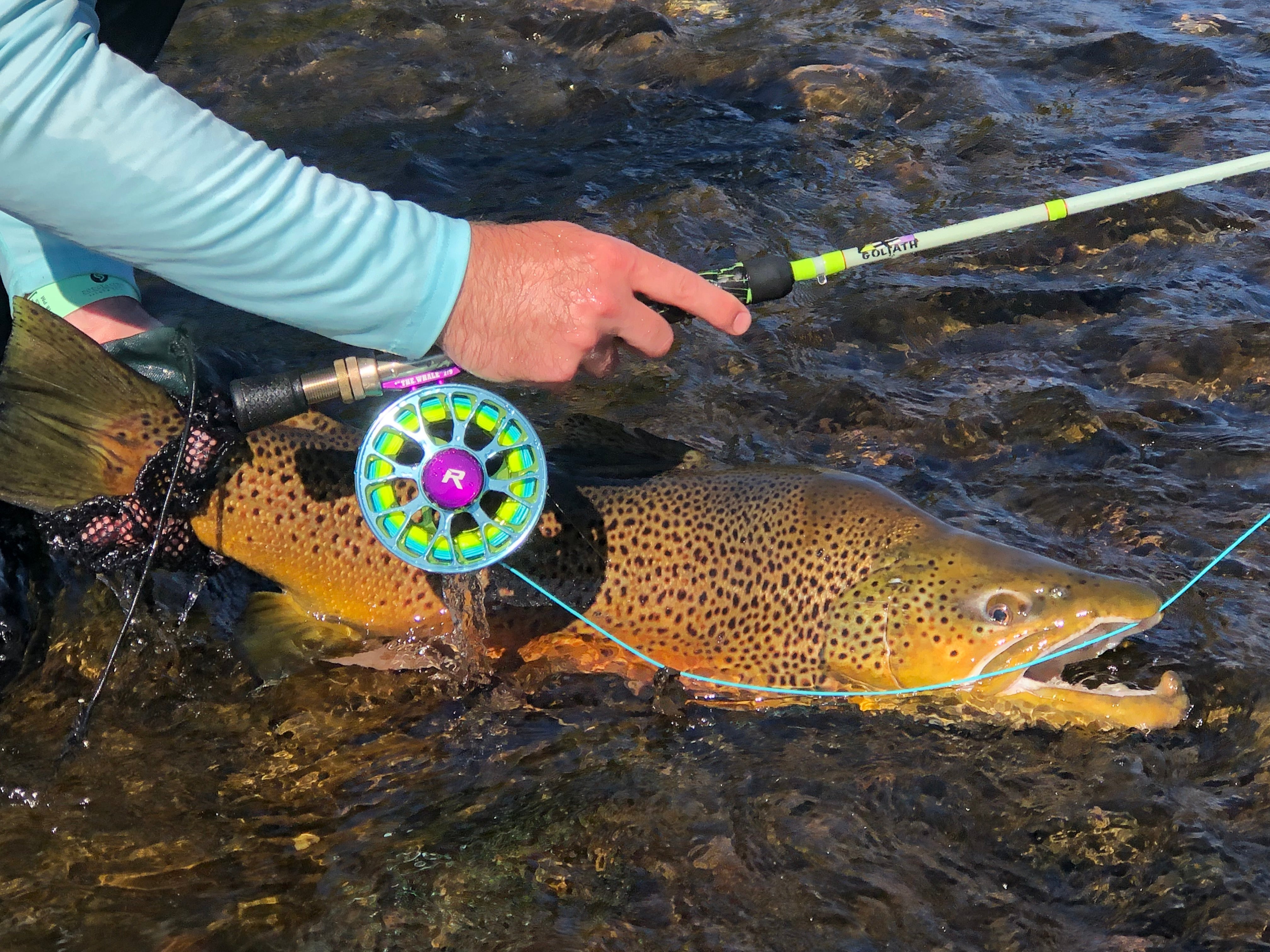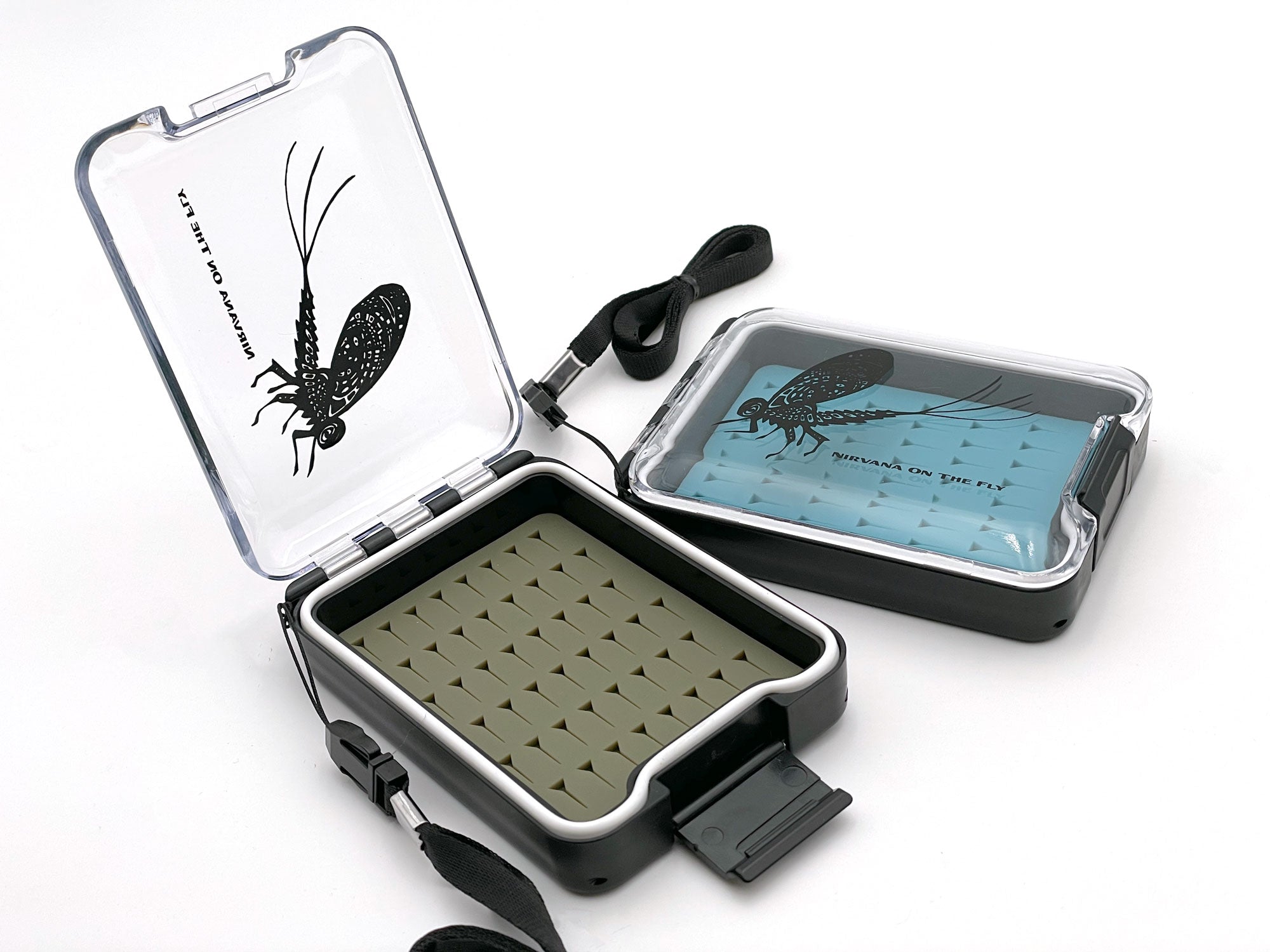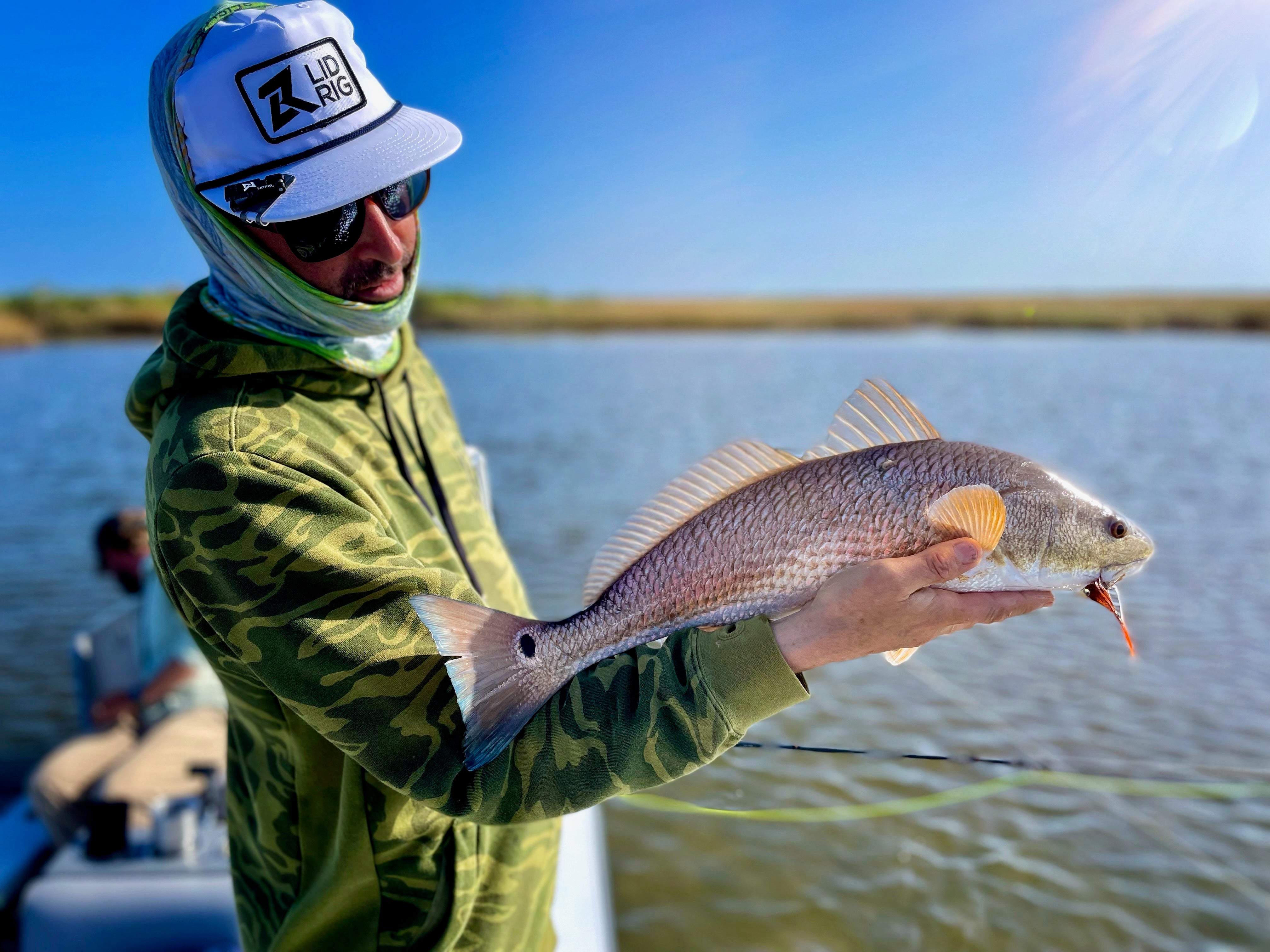Sinking fly lines are designed to help anglers get their flies down to the desired depth in the water column. Unlike floating lines, which have a uniform density, sinking lines have varying densities that affect their sink rate and performance. One of the factors that determines the density of a sinking line is its grain weight.
Grain weight is a measure of how much a fly line weighs in grains, which are units of mass equal to 1/7000 of a pound. The grain weight of a fly line is usually measured in the first 30 feet of the line, excluding the tip section. The grain weight of a fly line affects how it loads the rod, casts, but contrary to believe doesn't have effect on how it sinks.
The higher the grain weight of a fly line, the more mass it has, and the more energy it transfers to the rod during casting. This means that a heavier line will load a rod more deeply and require less line speed to cast. However, a heavier line will also create more air resistance and drag, which can reduce casting distance and accuracy.
The lower the grain weight of a fly line, the less mass it has, and the less energy it transfers to the rod during casting. This means that a lighter line will load a rod less deeply and require more line speed to cast. However, a lighter line will also create less air resistance and drag, which can increase casting distance and accuracy.
The grain weight of a fly line has minimal affects on how it sinks in the water. The higher the grain weight of a fly line, the more dense it is, and the technically should sink faster. The lower the grain weight of a fly line, the less dense it is, and the slower it should sink. However, the sink rate of a fly line also depends on many other factors, such as its diameter, shape, coating, and sink rate classification. Whereas grain weight has such minimal affect and is often overcome by some of these other characteristics.
To choose the right grain weight for a sinking fly line, you need to consider the following factors:
- The size and action of your rod. You want to match the grain weight of your line to the line weight rating of your rod, or slightly above or below it depending on your preference and casting style. A stiffer rod can handle a heavier line, while a softer rod can handle a lighter line. You can use the chart below as a general guideline, but you may need to experiment to find the optimal grain weight for your rod and situation. Either way most are marked for the correct line weight and it is the sinking rate that you want to monitor.
|
Line Weight |
Grain Weight Range |
|
1 |
54-66 |
|
2 |
74-86 |
|
3 |
94-106 |
|
4 |
114-126 |
|
5 |
134-146 |
|
6 |
152-168 |
|
7 |
177-193 |
|
8 |
202-218 |
|
9 |
230-250 |
|
10 |
270-290 |
|
11 |
318-342 |
|
12 |
368-392 |
|
13 |
450 |
|
14 |
500 |
|
15 |
550 |
- The depth and current of the water: You want to choose a grain weight that will help you get your fly down to the strike zone and keep it there. A heavier line will sink faster and deeper, but it will also be more affected by the current and drag. A lighter line will sink slower and shallower, but it will also be less affected by the current and drag. You may need to adjust your grain weight depending on the water conditions and the type of fly you are using.
- The distance and accuracy of your cast: You want to choose a grain weight that will allow you to cast as far and as accurately as you need. A heavier line will load your rod more easily and require less line speed, but it will also create more air resistance and drag, which can reduce your casting distance and accuracy. A lighter line will load your rod less easily and require more line speed, but it will also create less air resistance and drag, which can increase your casting distance and accuracy. You may need to balance your grain weight between casting performance and sinking performance.
Grain weight is an important factor to consider when choosing a sinking fly line. It affects how the line loads the rod, casts, and sinks. You need to match the grain weight of your line to your rod, water, and casting needs. When observing the conditions that you wish to fish you need to take these factors into consideration. I for example prefer a heavy line because I want to get down fast but I manage that with faster pulls or other methods. Think of it as what areas are you willing to sacrifice to gain advantage. In other methods you may not need that but you give up speed. Which do you want, more casts or longer presentation? It’s a preference and depends on many factors.
***Do you want to get deals on equipment, fly fishing trips, and lots of information? Become a member of the Loyalty Club on the Fly Fishing Insider Podcast.
Here is another article I think you'll enjoy. Become a Better Angler

By Christian Bacasa
Host of the Fly Fishing Insider Podcast
Fly Fishing Insider Podcast Official Website
Instagram Fly Fishing Insider Podcast
Instagram Dupeafish
Facebook
Pinterest
Twitter
LinkedIn
Tumblr
Watch on YouTube






